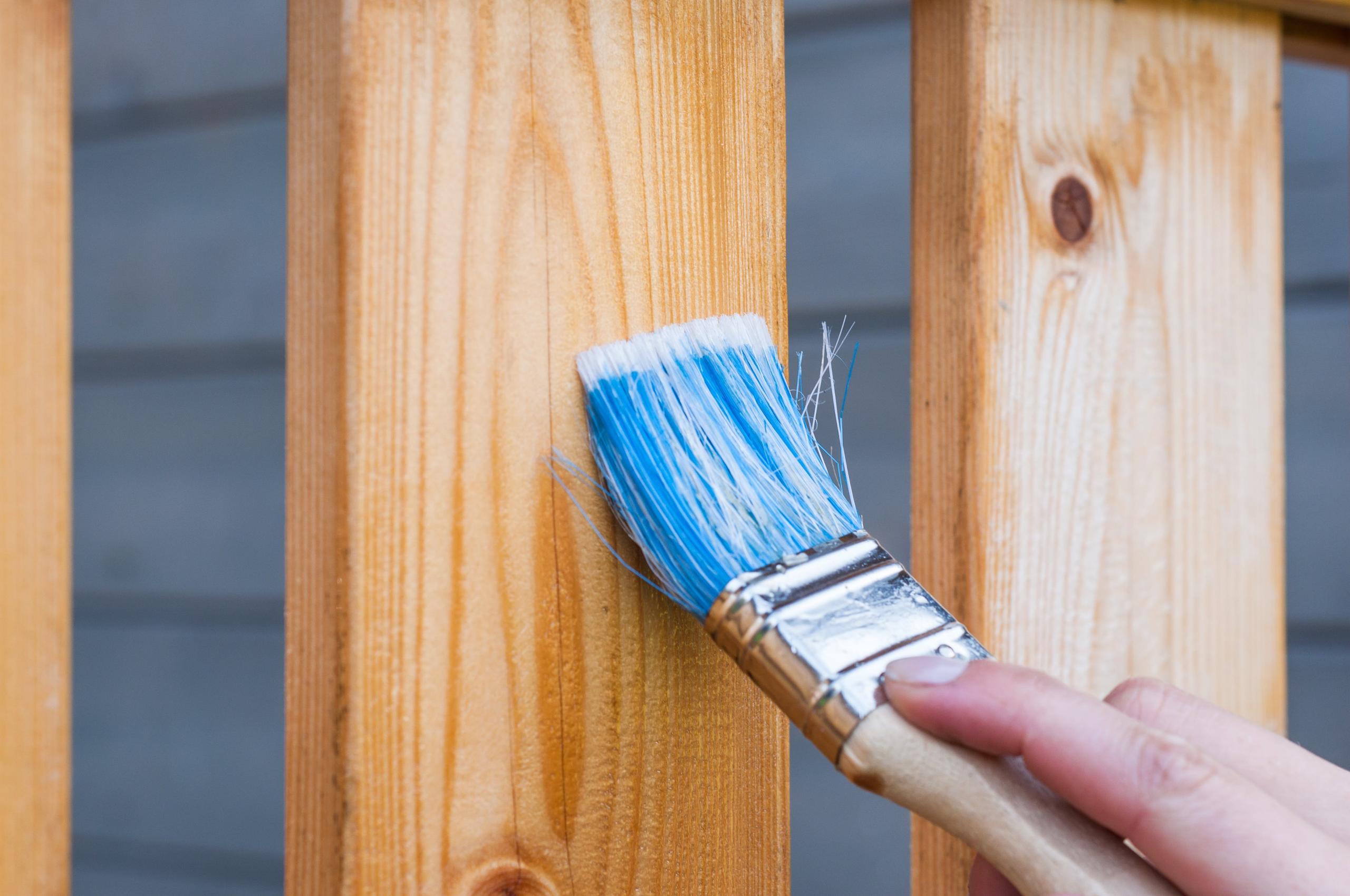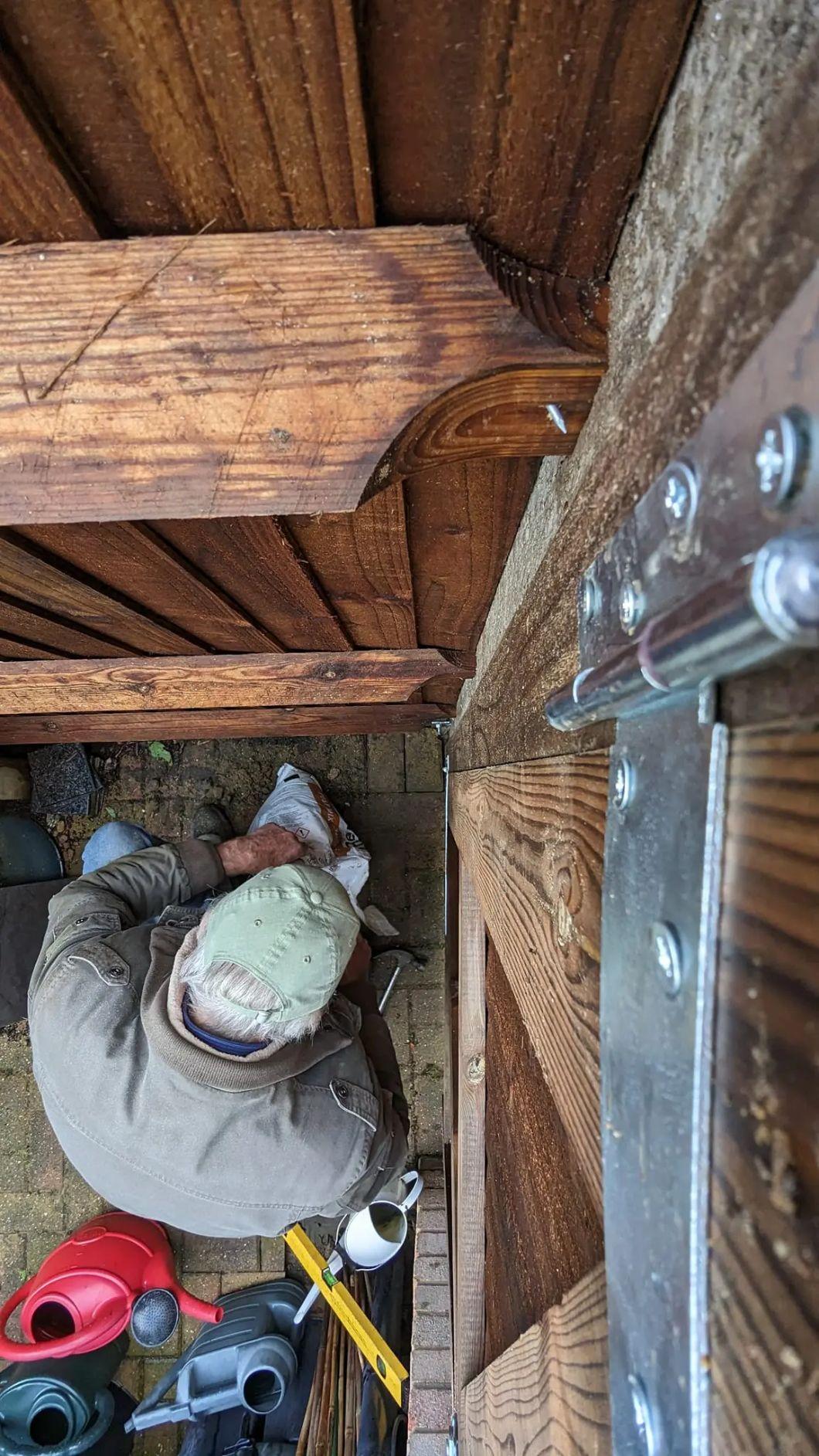When to treat fence panels - Fence care
The Ultimate Guide to Fence Care: When and How to Treat Your Fence Panels
Are you wondering when to paint or treat your newly installed fence? Look no further! At Sheridan Fencing, with four decades of expertise in the industry, we're here to share our top tips and tricks for optimal fence care.
The 16-Month Rule: Patience Pays Off
Key Takeaway: Wait approximately 16 months after installation before painting or treating your new fence.
Why 16 months, you ask? This strategic timing allows your fence to:
- Naturally settle into its environment
- Adjust to local weather conditions
- Prepare for optimal treatment absorption
By following this rule, you ensure that your fence treatment will be as effective as possible, leading to long-lasting protection and beauty.
The Art of Fence Painting: 9 Essential Tips for Success
Painting your fence is more than just a chore—it's an art form that can transform your outdoor space. Follow these expert tips to achieve professional-quality results:
- Choose the Right Season:
- Aim for warm, dry conditions above 9°C
- Check the 24-hour weather forecast before starting
- Select Your Tool:
- Brush for precision
- Power sprayer for speed (use compatible paint)
- Protect Your Plants:
- Use plastic sheeting
- Trim and tie back foliage
- Prepare Your Workspace:
- Remove obstacles (nails, decorations)
- Sand rough areas for a smooth finish
- Use Quality Paint:
- We recommend Cuprinol for excellent protection and durability
- Follow manufacturer's instructions for best results
- Paint with Purpose:
- Follow wood grain direction
- Horizontal strokes for horizontal panels
- Vertical strokes for vertical panels
- Be Generous with Paint:
- Ensure thorough penetration
- Start at the top and work downwards
- Prioritize Safety:
- Wear protective gear (goggles, gloves, mask)
- Use ladders cautiously
- Clean Up Properly:
- Remove plant coverings
- Release tied foliage after paint dries
The Benefits of Treating Your Fence: More Than Just Aesthetics
Investing time in painting or treating your fence offers numerous advantages:
- Enhanced Curb Appeal: Boost your property's visual appeal
- Weather Protection: Shield wood from elements and UV damage
- Extended Lifespan: Prevent decay and insect damage
- Easy Maintenance: Reduce time spent on repairs
- Customization: Choose colors that complement your property
- Cost Savings: Avoid expensive replacements
- Personal Satisfaction: Take pride in your well-maintained property
Why Choose Sheridan Fencing: Your Local Medway Experts
At Sheridan Fencing, we bring over 40 years of experience to every project in Medway. Our commitment to quality and customer satisfaction sets us apart:
- In-depth knowledge of local fencing needs
- Unparalleled expertise in fence installation and care
- Dedication to top-notch service
Frequently Asked Questions (FAQ)
Q1: Why should I wait 16 months before treating my new fence?
A: Waiting 16 months allows the fence to settle and adjust to its environment. This ensures that when you do treat it, the wood is in the best condition to absorb the treatment effectively.
Q2: What type of paint do you recommend for fences?
A: We highly recommend using Cuprinol for fence treatment. It offers excellent protection against weather elements and enhances the wood's natural beauty.
Q3: How often should I repaint or retreat my fence?
A: Generally, it's advisable to repaint or retreat your fence every 2-3 years. However, this can vary depending on the local climate and the fence's exposure to elements.
Q4: Can I paint my fence in winter?
A: While it's possible, we recommend painting in warmer months when temperatures are consistently above 10°C. Cold temperatures can affect paint application and drying.
Q5: Do I need to remove old paint before applying new paint?
A: If the old paint is peeling or in poor condition, it's best to remove it. If it's in good condition, you can usually paint over it after proper cleaning and light sanding.
Q6: How long does it take for fence paint to dry?
A: Drying times can vary depending on the paint used and weather conditions. Generally, allow 1-2 hours between coats and 24-48 hours for full drying.
Q7: Is it better to use a brush or sprayer for painting fences?
A: Both have their advantages. Brushes offer precision and better penetration into the wood, while sprayers are faster for large areas. Choose based on your specific needs and skill level.
Sheridan fencing - Dave Relf


